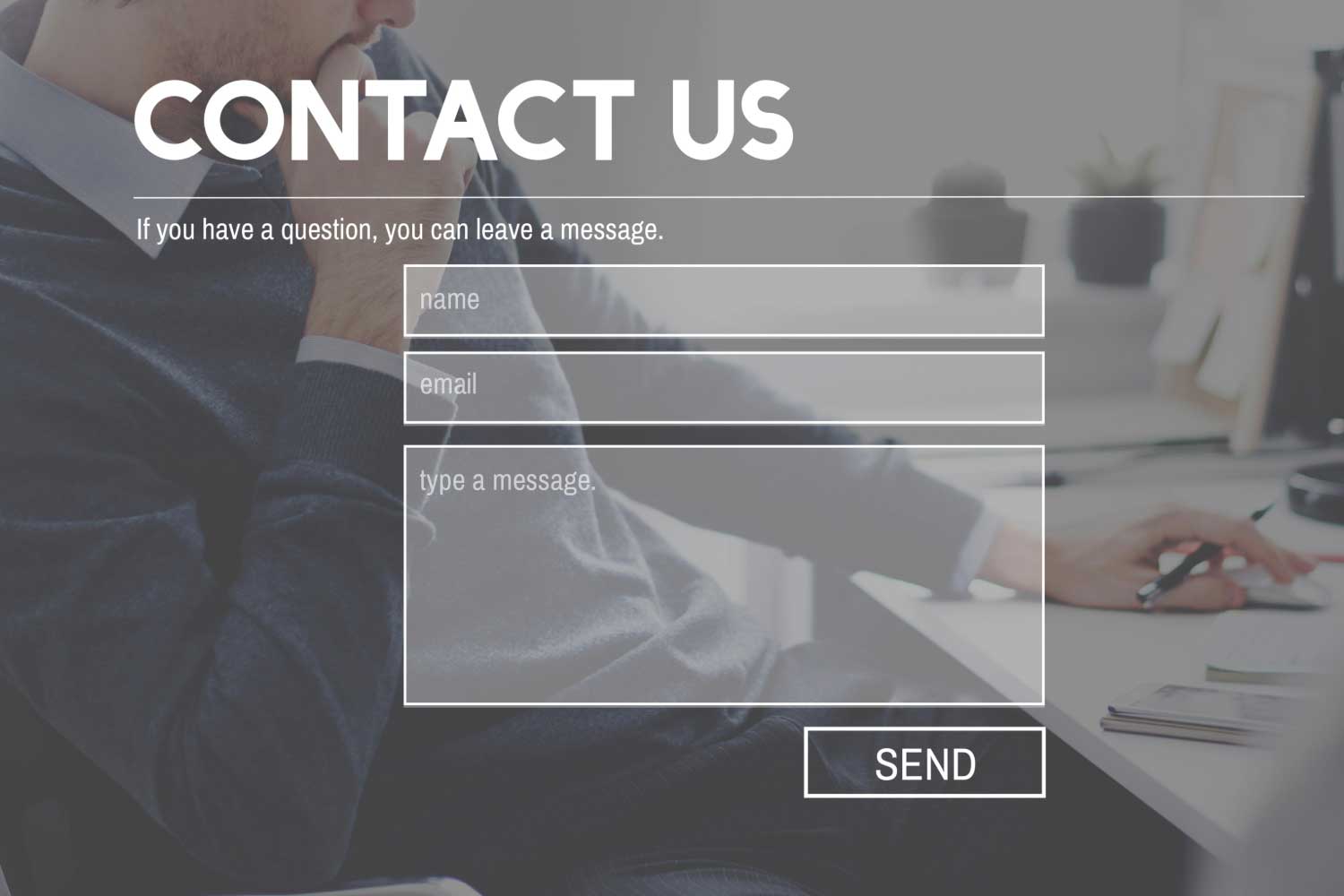At Moin Agency, we know that website forms are more than just input fields—they’re an essential touchpoint between your business and your audience. Whether it’s capturing leads, processing transactions, or gathering customer feedback, a well-designed form can make or break user experience and conversions. But how do you ensure your forms are optimized for success? Here’s our expert take on what makes the perfect website form.
Keep It Simple and Focused
One of the most common mistakes we see in form design is unnecessary complexity. Every additional field increases friction and reduces the likelihood of form completion. Simplicity is key—ask only for the information you truly need.
What We Recommend:
- Limit form fields to essential inputs (Name, Email, Message, etc.).
- Avoid requesting excessive personal details upfront.
- For longer forms, use multi-step formats to improve the experience.
Prioritize Visual Appeal and Intuitive Design
A cluttered form can overwhelm users and lead to high abandonment rates. At Moin Agency, we design forms with clear labels, logical flow, and enough white space to ensure ease of use.
What We Recommend:
- Use well-spaced layouts that guide users naturally.
- Align labels clearly above or beside fields for easy reading.
- Highlight the submit button with a contrasting color to improve visibility.
Optimize for Mobile Users
With mobile browsing at an all-time high, every form should be fully optimized for smaller screens. We ensure that forms on our clients’ websites are seamless across all devices.
What We Recommend:
- Large, easily tappable buttons.
- Mobile-friendly keyboards for relevant input fields (e.g., numbers for phone fields).
- Auto-fill enabled for faster form completion.
Reduce User Effort with Smart Features
No one wants to fill out a tedious form. We implement intelligent features that make the process effortless, leading to higher conversions.
What We Recommend:
- Enable autofill and predictive text.
- Use dropdowns and checkboxes where possible instead of open text fields.
- Implement real-time validation (e.g., email format verification as users type).
Provide Clear and Helpful Error Messages
Nothing is more frustrating than an unclear error message. Our approach ensures users know exactly what went wrong so they can fix it without hassle.
What We Recommend:
- Display errors next to the relevant field.
- Use plain, actionable language (e.g., “Enter a valid email address”).
- Allow users to correct errors without losing their inputs.
Ensure Forms are DMARC-Compliant
Security is a top priority in today’s digital world. Without DMARC (Domain-based Message Authentication, Reporting, and Conformance) compliance, emails from your forms might get flagged as spam or never reach their destination. We make sure our clients’ forms meet the highest security standards.
What We Recommend:
- Set up DMARC authentication to prevent email spoofing.
- Implement SPF (Sender Policy Framework) and DKIM (DomainKeys Identified Mail) authentication.
- Use a secure SMTP relay to send form-generated emails safely.
- Regularly monitor DMARC reports to detect and resolve email deliverability issues.
Protect Against Spam with reCAPTCHA
Spam submissions can flood your website and skew valuable data. Implementing reCAPTCHA helps filter out bots while keeping the form accessible to real users.
What We Recommend:
- Use Google reCAPTCHA (v2 or v3) to detect and block spam bots.
- Implement an invisible reCAPTCHA to minimize user friction.
- Adjust reCAPTCHA sensitivity based on user interactions.
Build Trust with Transparency
Users need to feel confident when submitting information. Clear communication about how their data will be used can increase form completions and build long-term trust.
What We Recommend:
- Include a brief explanation of why each field is needed.
- Display security badges for payment or sensitive information forms.
- Offer an optional checkbox for newsletter sign-ups rather than pre-checking it.
Test, Track, and Optimize Performance
A great form isn’t just built—it’s tested and refined based on real user data. At Moin Agency, we continuously analyze form performance to maximize conversion rates.
What We Recommend:
- A/B test different form layouts and content.
- Use heatmaps to track user interactions and identify drop-off points.
- Monitor conversion rates and make iterative improvements.
Final Thoughts
The right form can mean the difference between a lost lead and a loyal customer. By focusing on simplicity, usability, security, and optimization, you can ensure your forms drive real business results. At Moin Agency, we specialize in designing high-performing websites with forms that convert. Need expert help refining your website’s forms? Let’s create an experience that works!


